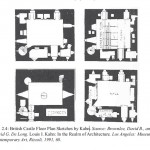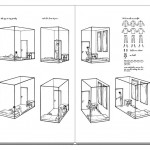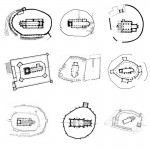The Aurelian walls have marked the line of defense of Rome for 16 centuries, from their construction (270 to 275 AD), until September 20, 1870, when the kingdom of Italy conquered the city of Rome by breaching the sector of Porta Pia.
About one-sixth of the walls integrated existing structures, like the Cestius’s Pyramid, the Amphitheatrum Castrense, the Castra Praetoria, among the more notable ones, allowing a rapid construction during the critical period of Barbarian invasions.
Over time, the walls underwent radical structural interventions (such as the height doubling) or cosmetic modifications, and many restorations carried out by Kings and Popes modified their surfaces over time. However, the walls still appear well preserved today.
Giampiero Sanguigni, a friend of ours and co-founder of Milk Train, an awarded group of Rome-based practicing architects, historians, and urban planners, (designers, among others, of many pavilions in exhibitions such as the Venice Biennale) has recently taken a series of photographs from sections of the walls. “Each day, after lunch, I make a walk along the Aurelian walls. Each time I’m mesmerized by their crazy textures.”
Indeed, the photos show a huge variety of bricks and stone textures, – from areas of opus incertum to probable 19th-century recessed restorations sporting precise horizontal lines of red bricks, from fillings of tuff blocks to grid-like articulations of sparsed bricks and undefined blocks of stones.
The raw natures of the walls and the decontextualization given by the framing confer the pictures a surprisingly strong resemblance to 20th Century abstract art.




















All photographs: © Giampiero Sanguigni




Leave a Reply